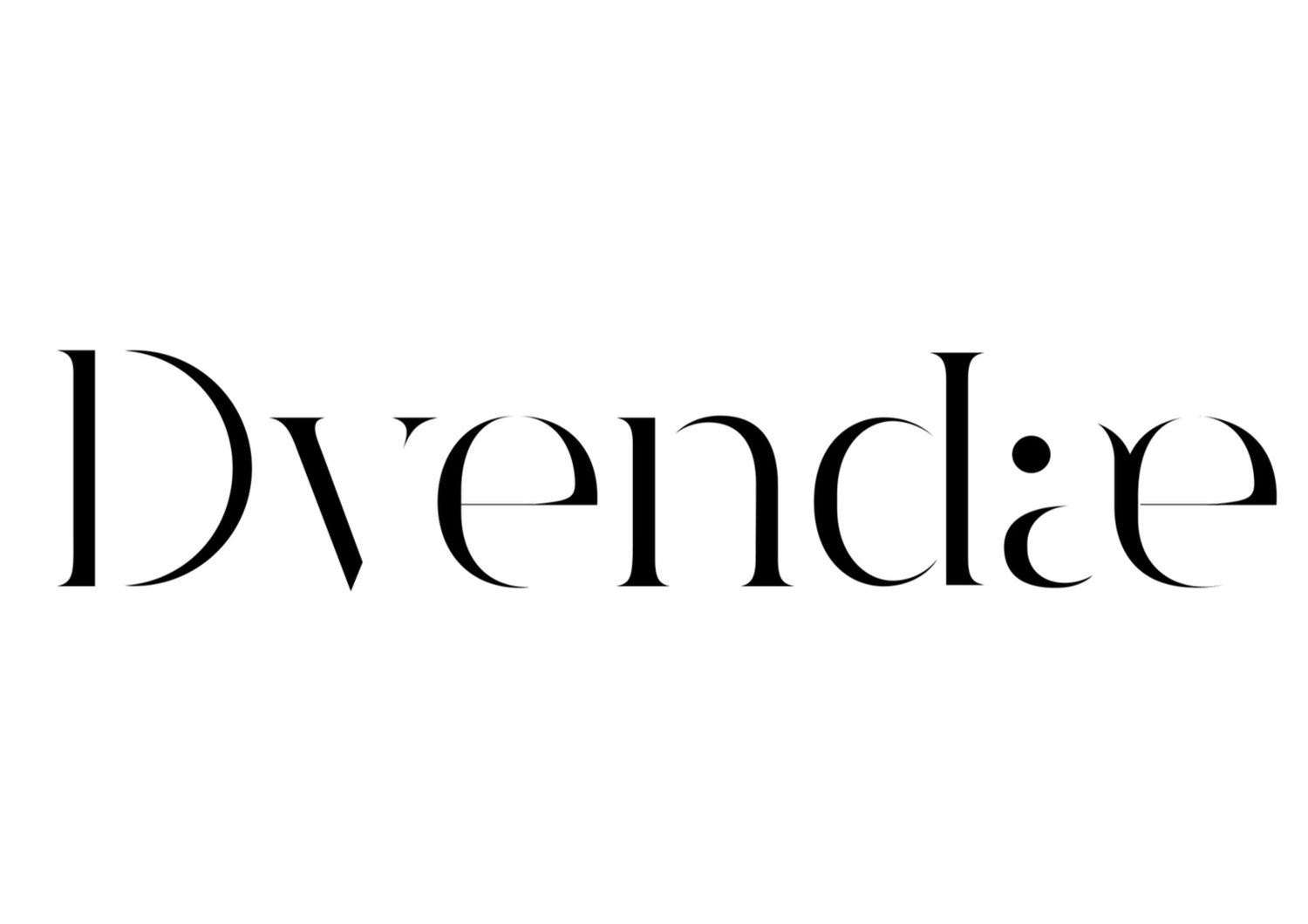WOOD WIDE WEB: THE MUSHROOM REINASSANCE.
The subsoil of any forest is crossed by a dense network of hyphae, the strands that make up the true body of mushrooms. This web, better known as the mycorrhizal network, helps plants communicate with each other, and fungi to coordinate forest life, allowing information and nutrients to move between different creatures. On «Nature», the ecologist and scholar of symbiotic networks Suzanne Simard happily baptized this mechanism "Wood Wide Web”, a real "forest internet", which is fundamental for the well-being of the forest system. Regarding the vitality and importance of this network, the first words of Mycelium Running by Paul Stamets, the most important American mycologist and probably the world's greatest supporter of mycotherapy, are also significant: «Mushrooms – ignored by many, insulted by others – could prove to be important for both human health and that of the planet. Their indispensable role in the recycling of organic matter, especially in forests, has been known for some time. But how many know that trees and other plants could not grow and reach maturity without the symbiotic association with fungi, at least with mycelium, the network of fungal hyphae that interfaces between plant roots and nutrients in the soil?».
Throughout the latest two decades, the discoveries within the world of mushrooms begin to spread more widely, branching out in a variety of directions just like the very thick web that mycelium weaves underground. This new awareness finally allows us to shake the somewhat equivocal consideration that weighs on mycelia, at least in the West. Their status - neither plants nor animals - and their relative dangerousness (concrete only in certain cases), leads many to look at them suspiciously: ours society is actually a rather fungiphobic one. Elsewhere, fungi have been at the center of entire cultural and religious constructs for millennia, let’s consider for example, Central America and Siberia. Here, instead, even those mushrooms well rooted in our imagination and completely legal, such as the Amanita Muscaria, ended up becoming the subject of rumors. With its red mantle mottled with white dots, this is perhaps the mushroom par excellence. It is certainly that of fairy tales and not by chance also that of arctic shamans (many of our fairy tales come straight from Russia), yet the Muscaria continues to be accused of mortality. Not only this is not true, but without going too far, just getting to the shores of Lake Garda, we discover that this mushroom was once eaten regularly, mostly boiled in milk. Some still eat it today, making sure to dry the cuticle, which is the unmistakable mottled membrane, at an exact temperature, as the Amanita Muscaria is a visionary mushroom. It contains an alkaloid, muscimol, which induces visions that are different from those of Psilocybes, the best known among the "magic mushrooms": with muscimol we can experience a sensation of lightness, as we could almost lift off.
Mentioning the potential offered by the much mistreated mycelia, psylocybes precisely are particularly promising in the therapeutic field. According to ClinicalTrials.gov, the largest database on clinical trials conducted worldwide, 129 studies on psilocybin – the active ingredient in mushrooms – are currently in progress, investigating the potential of this molecule in the treatment of various disorders, ranging from major depression, fear of death in the terminally ill, post-traumatic stress syndrome, the abuse of alcohol, tobacco and other substances, Parkinson's disease treatment, Lyme disease, anorexia, cluster migraine, fibromyalgia, obsessive-compulsive and bipolar disorder. Not all the paths that researchers try to follow will lead to effective therapeutic results, but many actually will, for example the wide range of antidepressant treatments, where the set of psychedelic molecules is on the verge of establishing itself as revolutionary.
Meet the Author
Curator and researcher on psychedelic studies, Federico di Vita writes about culture, food and psychedelics for various magazines, including Esquire, Il Foglio, Vice, Elle Decor and L’Indiscreto. Since January 2021 he has been conducting “Illuminismo Psichedelico”, a podcast offered by Associazione Luca Coscioni and completely dedicated to psychedelia, where he interviewed academics and experts on the topics discussed during each episodes. He also curated the book “La Scommessa Psichedelica”, published by Quodlibet in 2020.
ITALIANO
Il sottosuolo di ogni foresta è percorso da una fitta rete di ife, ovvero i filamenti che costituiscono il vero corpo dei funghi. Questa trama, la rete micorrizica, permette alle piante di comunicare tra loro, e ai funghi di coordinare la vita della foreste, consentendo il passaggio di informazioni e nutrienti tra le diverse creature. L’ecologa e studiosa di reti simbiotiche Suzanne Simard ha felicemente battezzato su «Nature» questo meccanismo “Wood Wide Web”, ossia una vera e propria “internet della foresta”, fondamentale per il benessere del sistema bosco. Circa la vitalità e l’importanza di questa rete sono significative anche le prime parole di Mycelium Running di Paul Stamets, il più importante micologo statunitense e probabilmente il più grande sostenitore mondiale della micoterapia: «I funghi – ignorati da molti, insultati da altri – potrebbero rivelarsi importanti sia per la salute umana che per quella del pianeta. Il loro ruolo indispensabile nel riciclo della materia organica, soprattutto nelle foreste, è noto da tempo. Ma quanti sanno che gli alberi e le altre piante non potrebbero crescere e raggiungere la maturità senza l’associazione simbiotica con i funghi, almeno col micelio, la rete di ife fungine che nel terreno fanno da interfaccia tra le radici delle piante e i nutrienti?».
Negli ultimi due decenni le scoperte sul mondo dei funghi iniziano a diffondersi in modo sempre più capillare, ramificandosi nelle più svariate direzioni, proprio come la fittissima trama tessuta sottoterra da un micelio, e questa nuova consapevolezza consente finalmente di far vacillare quella che, almeno in occidente, è la considerazione alquanto equivoca che grava sui miceli. Il loro status – né piante, né animali – e la loro relativa pericolosità (concreta solo in certi casi), induce molti a guardarli con sospetto: la nostra, in realtà, è una società piuttosto fungofoba. Altrove i miceti sono da millenni al centro di interi costrutti culturali e religiosi, penso per esempio all’America centrale, ma anche alla Siberia. Qui da noi invece finiscono per diventare oggetto di dicerie anche quelli ben radicati nel nostro immaginario e completamente legali, come l’Amanita Muscaria. Col suo manto rosso screziato di punti bianchi questo è forse il fungo per antonomasia, certamente è quello delle fiabe e non per caso è anche quello degli sciamani artici (molte delle nostre fiabe arrivano dritte dalla Russia), eppure la Muscaria continua a essere tacciata di mortalità. Non solo non lo è, ma senza andare tanto lontano, basta arrivare sulle rive del Lago di Garda, scopriamo che questo fungo un tempo veniva consumato regolarmente, per lo più attraverso la bollitura nel latte. C’è chi se ne ciba ancor oggi, avendo l’accortezza di essiccarne a una temperatura esatta la cuticola, cioè l’inconfondibile membrana screziata, perché l’Amanita Muscaria è un fungo visionario. Contiene un alcaloide, il muscimolo, che induce visioni, diverse da quelle degli psilocybe, ossia i più noti tra i “funghi magici”: col muscimolo si prova una sensazione di levità, sembra quasi di volare.
Accennavo alle potenzialità offerte dai tanto bistrattati miceli, particolarmente promettenti in ambito terapeutico sono proprio gli psylocibe. Secondo il sito ClinicalTrials.gov, il più grande database sugli studi clinici condotti in tutto il mondo, sulla psilocibina – il principio attivo dei funghetti – sono al momento in corso 129 ricerche, che indagano il potenziale di questa molecola nel trattamento di disturbi che vanno dalla depressione maggiore, alla paura della morte nei malati terminali, alla sindrome da stress post-traumatico, all’abuso di alcol, di tabacco e di altre sostanze, al trattamento del morbo di Parkinson, al disturbo bipolare, a quello ossessivo-compulsivo, passando per la malattia di Lyme, l’anoressia, l’emicrania a grappolo e arrivando fino alla fibromialgia. Non tutte le strade che i ricercatori tentano di battere porteranno a degli efficaci risultati terapeutici, ma come è ormai chiaro molte sì, penso ad esempio all’ampio ventaglio dei trattamenti antidepressivi, in cui il set di molecole psichedeliche è sul punto di imporsi come rivoluzionario.
Sull’Autore
Curatore e ricercatore di studi psichedelici, Federico di Vita scrive di cultura, cibo e sostanze psichedeliche per varie riviste, tra cui Esquire, Il Foglio, Vice, Elle Decor e L'Indiscreto. Da gennaio 2021 conduce “Illuminismo Psichedelico”, un podcast offerto dall'Associazione Luca Coscioni e completamente dedicato alla psichedelia, dove ha intervistato accademici ed esperti sui temi trattati in ogni puntata. Ha inoltre curato il libro “La Scommessa Psichedelica”, edito da Quodlibet nel 2020.

